Authored by Angela
At our office, I receive a lot of calls about dental insurance, how it works, and why the reimbursement is so low. After spending the last few years behind the front desk and on the phone holding to speak to insurance representatives, I’ve learned the ins and outs of the dental insurance world. Below I will share an explanation to the question I am most frequently asked:
I have insurance, why do I have to pay money?
This is because your dental benefits have limitations, annual maximums, and procedures are classified into categories with each category having a different coverage percentage. This is so easy to understand, right?
If you are confused, you are not alone. Dental insurance is confusing!
What is an annual maximum? An annual maximum is the maximum amount of money that your insurance company will pay within the calendar year. Most annual maximums are between $1,000 and $2,000. For example, if your annual maximum is $1,500 per calander year your insurance company will never pay more than $1,500. Even if you need $10,000 worth of dental work, you will still only have $1,500 of insurance money.
What does coverage percentage mean? Dental plans are broken down into coverage percentages by category. A standard plan usually looks like this:
Preventative/Diagnostic (cleanings, xrays, exams) 100%
Basic services (fillings, extractions, endo) 80%
Major services (crowns and prosthodontics) 50%
Now it all makes sense, right…….??
If this still doesn’t make sense that is because dental insurance is confusing!!!
Here is a detailed example: A patient has an annual maximum of $1,500. A patient comes into the office for an exam in January. The cost of that exam with xrays is $293. The exam and xrays fall into the preventative/diagnostic category with 100% coverage. After deducting the $293 from the $1,500 annual maximum the patient now has $1,207. Unfortunately, when the patient came in for their exam we discovered that the patient will need a crown and a small one surface filling. The crown is considered a major service and the insurance company will only cover 50% of that procedure. The filling is considered a basic service and the insurance company will only pay for 80% of that procedure. If the fee for a crown is $1,700 and the fee for a one surface filling is $240 how much will the insurance company pay?
Does this sound like a word problem from math class to you?
Crown: $1,700 x %50 = $850 (this means the insurance company pays $850 and the patient pays the remaining $850)
Filling: $240 x %80 = $192 (this means the insurance company pays $192 and the patient pays the remaining $48)
$850 (crown) + $192 (filling) = $1,042
ANSWER: The insurance company will pay $1,042
Now, we have to figure out how much of the patient’s annual maximum is remaining.
$1, 500 (annual maximum) – $293 (initial exam and xrays)= $1,207 – $1,042 (what the insurance company is paying for the crown and fillings)= $165
At this point, the patient only has $165 left in insurance money. This patient hasn’t even seen our hygienist yet. This patient may fall off their bike and chip a front tooth in June. This patient is going to run out of insurance money well before that biking accident and they are going to have to pay for this treatment in full, meanwhile the patient is still paying a monthly fee to their insurance company or their employer is deducting the cost of dental insurance from their pay.
Dental insurance insures that patients will have questions, patients will be confused, patients will feel like they have to make decisions based on the cheapest version of treatment rather than the best form of treatment for their health, and in some cases the limitations of dental insurance may deter patients from ever setting foot in a dental office.
